-
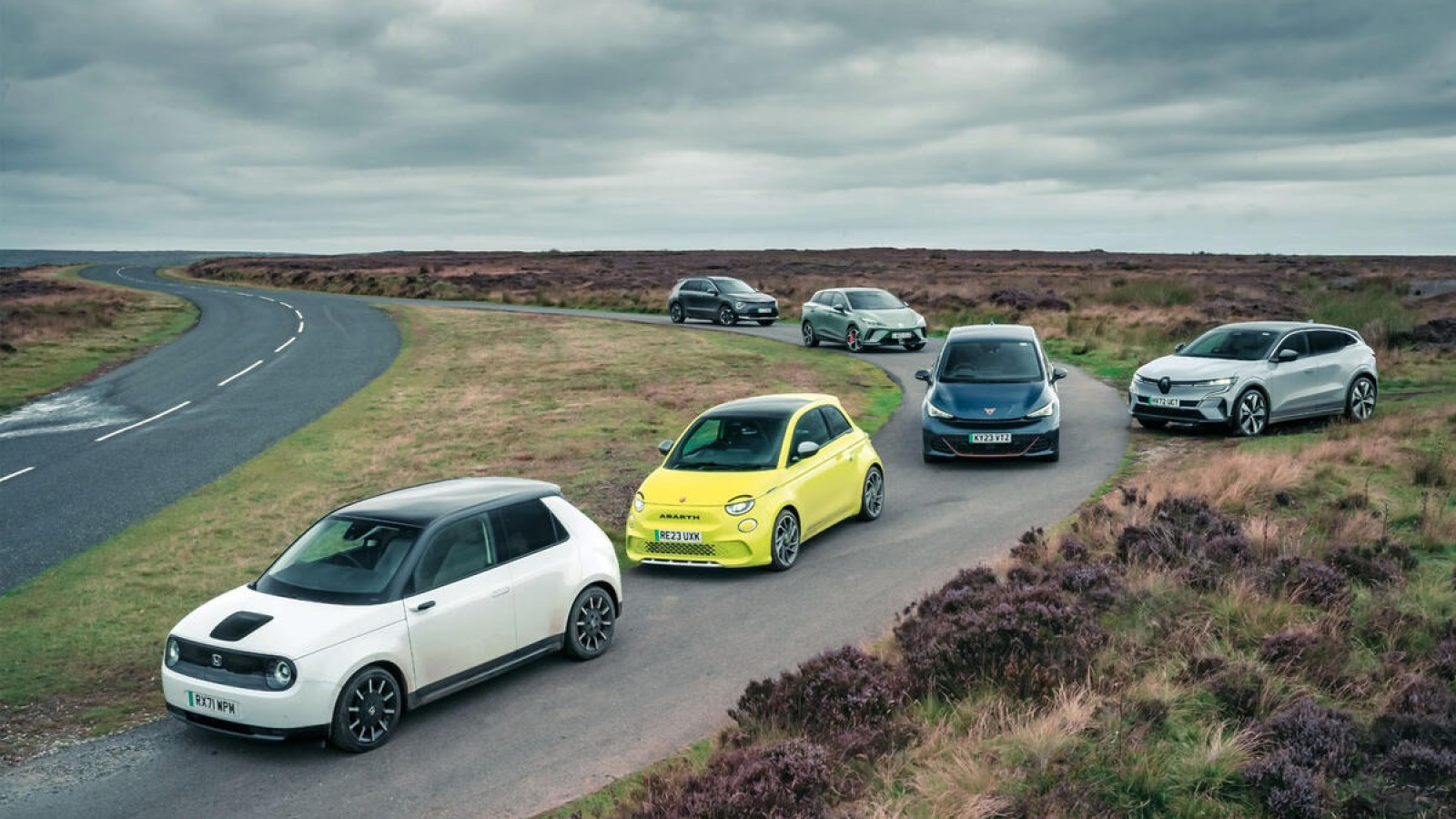 © Haymarket Media
© Haymarket Media -
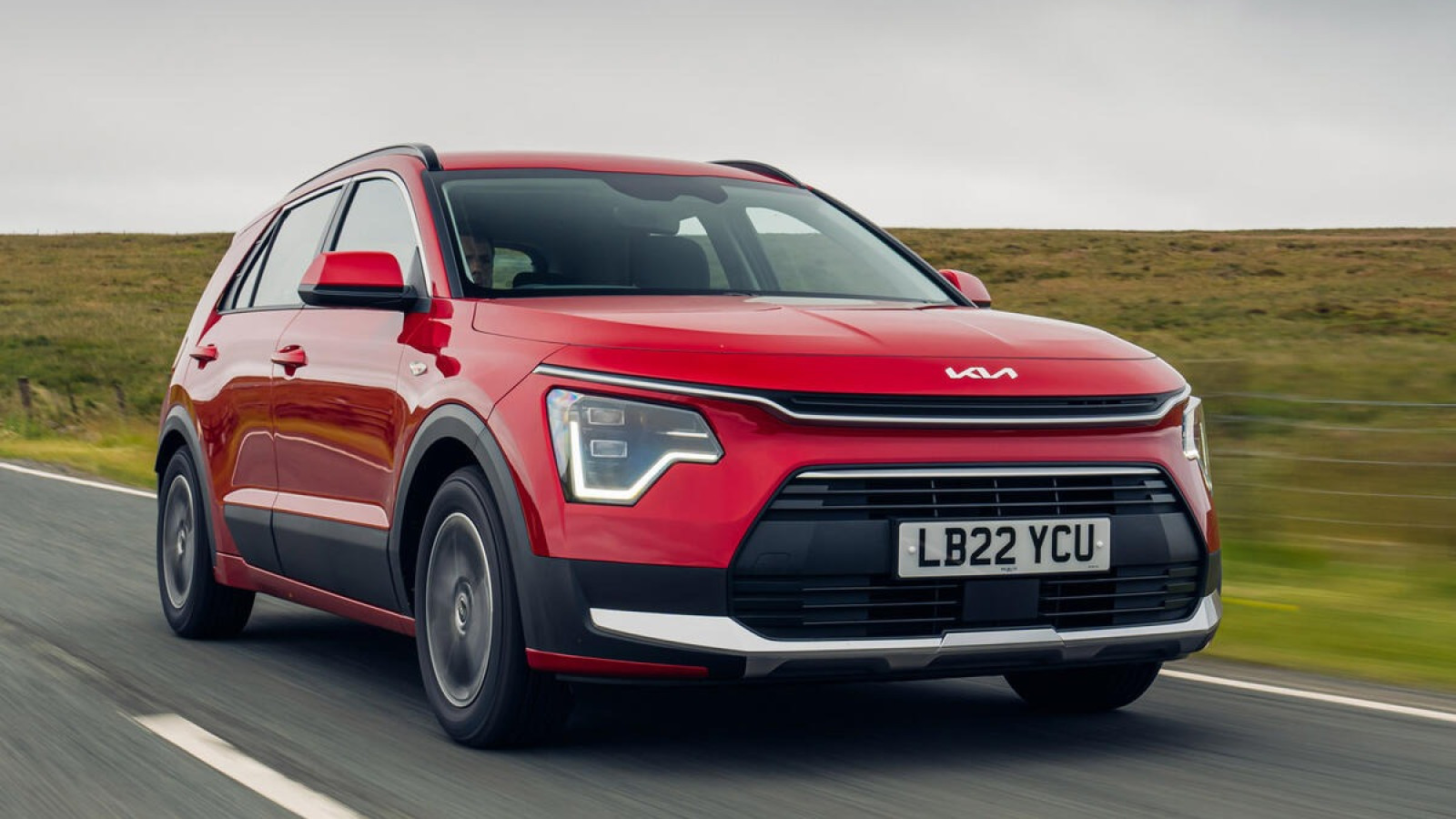 © Haymarket Media
© Haymarket Media -
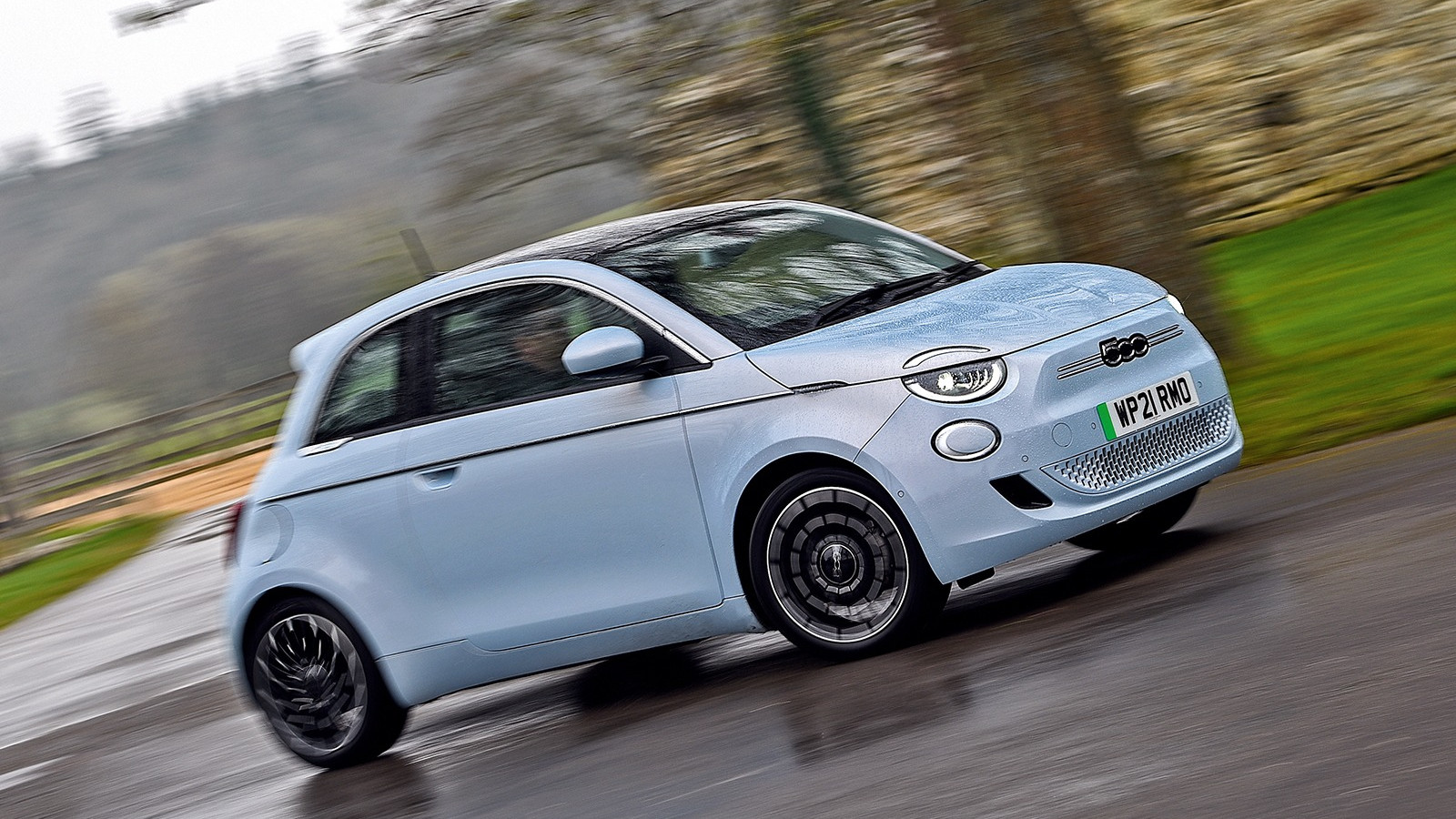 © Haymarket Media
© Haymarket Media -
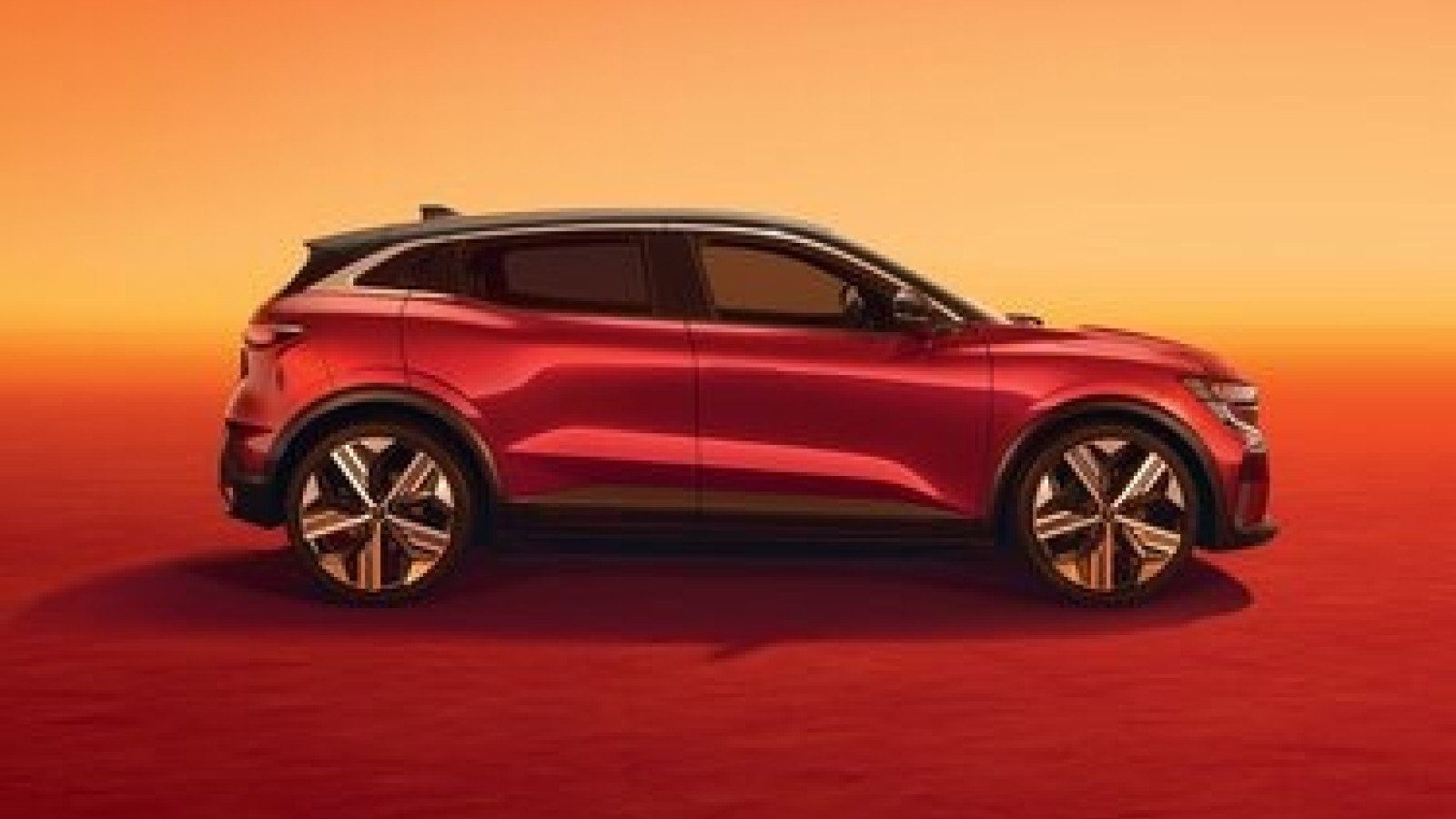 © Renault
© Renault -
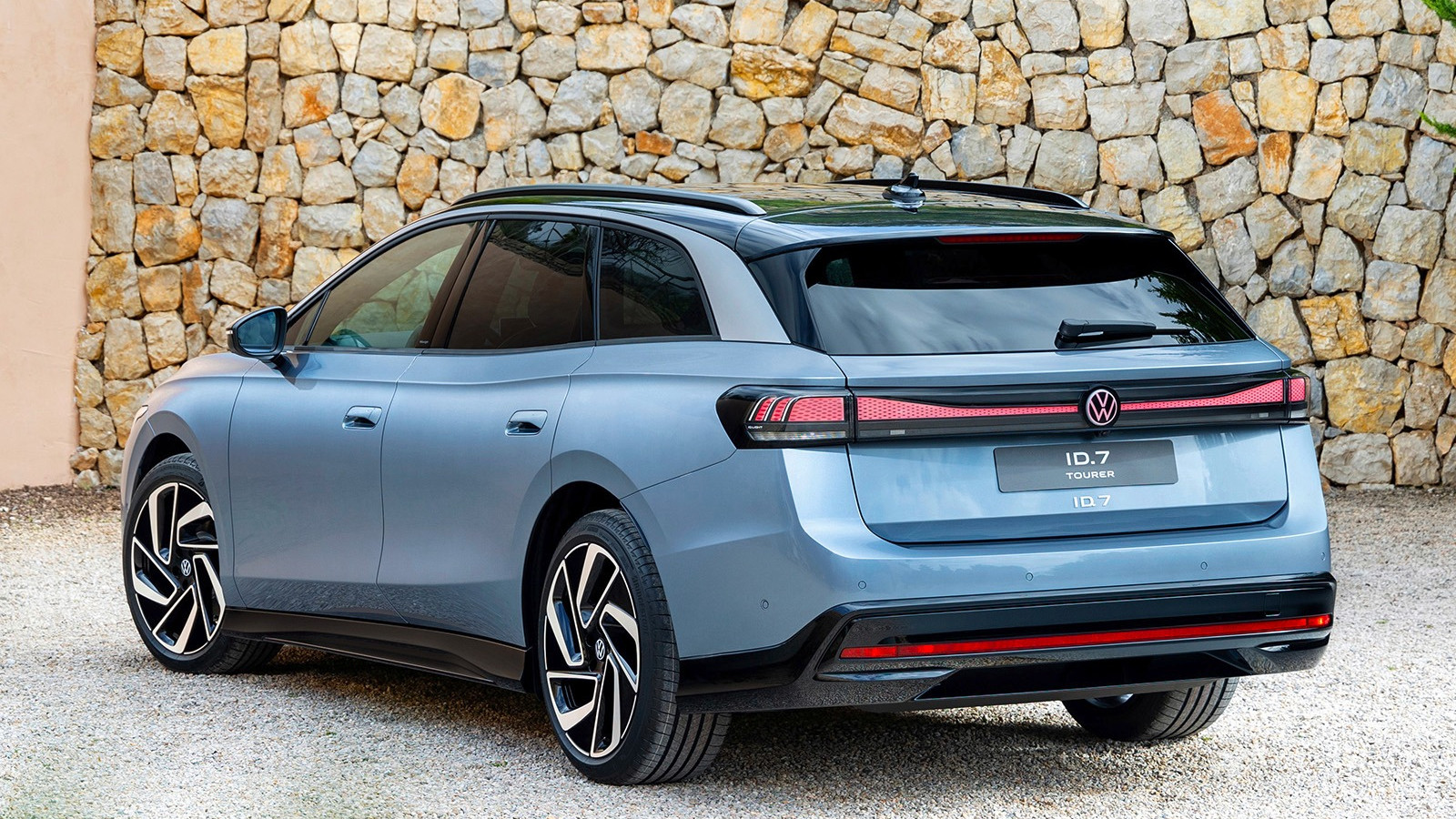 © Volkswagen
© Volkswagen -
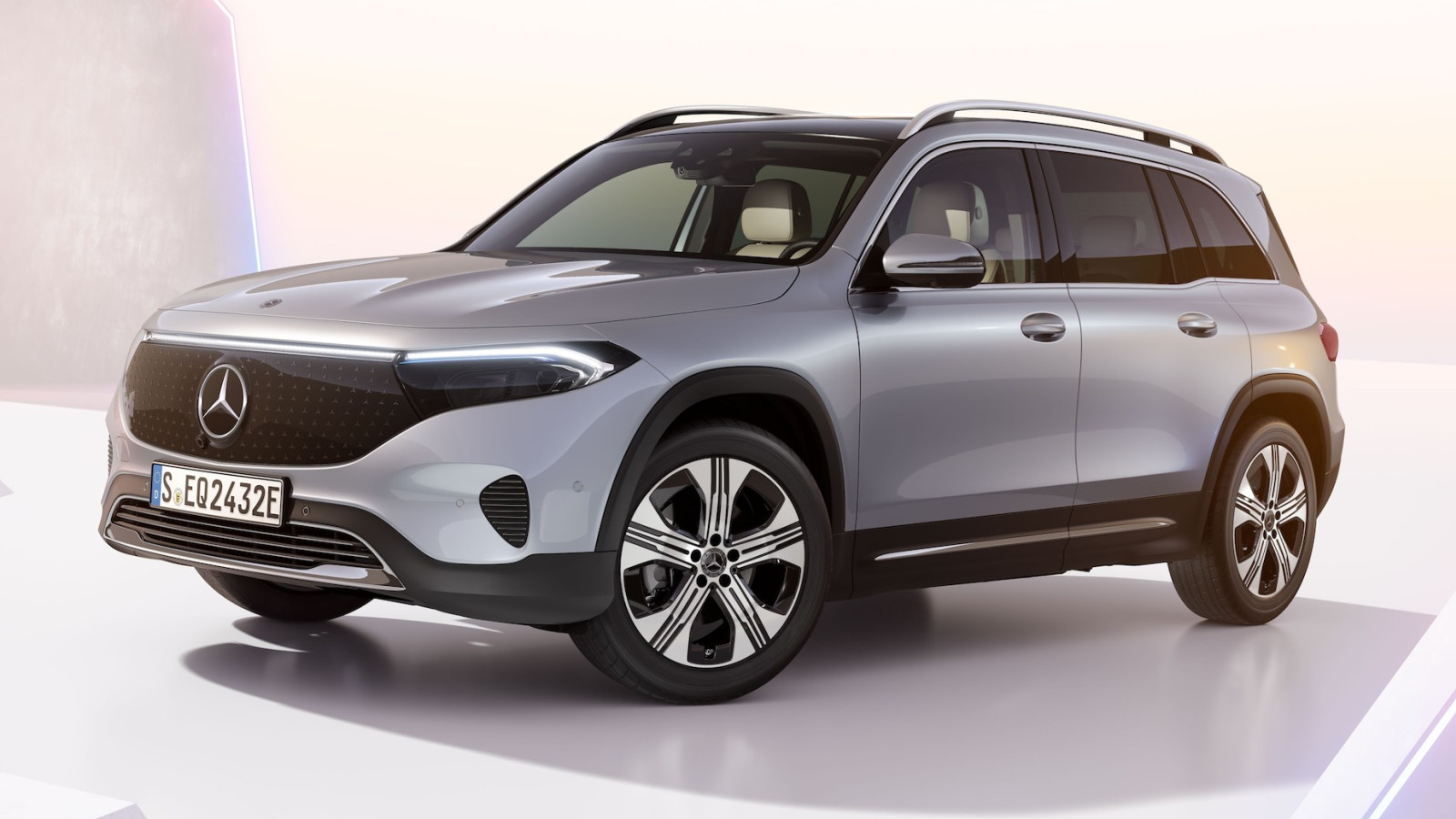 © Mercedes
© Mercedes -
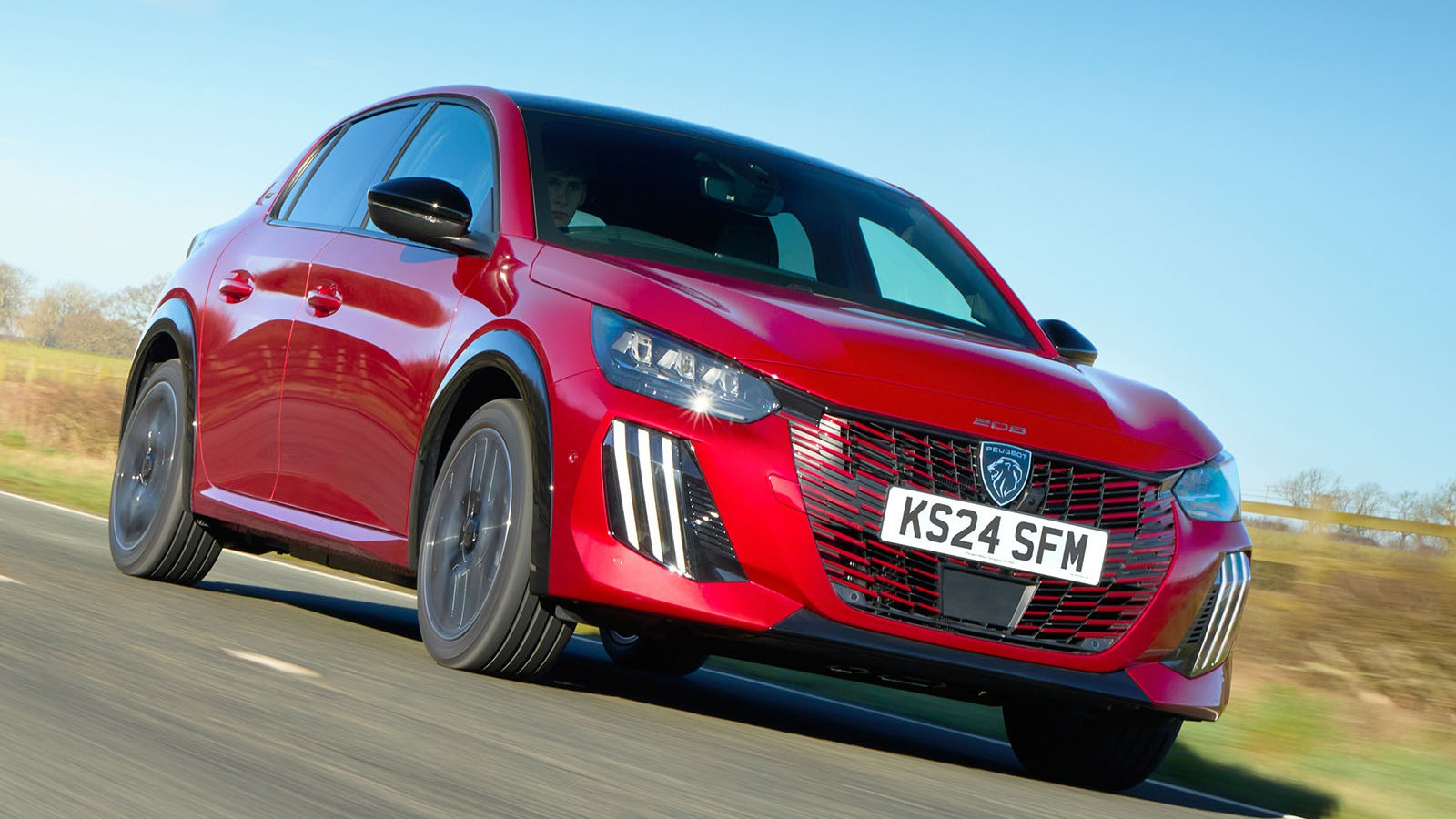 © Haymarket Media
© Haymarket Media -
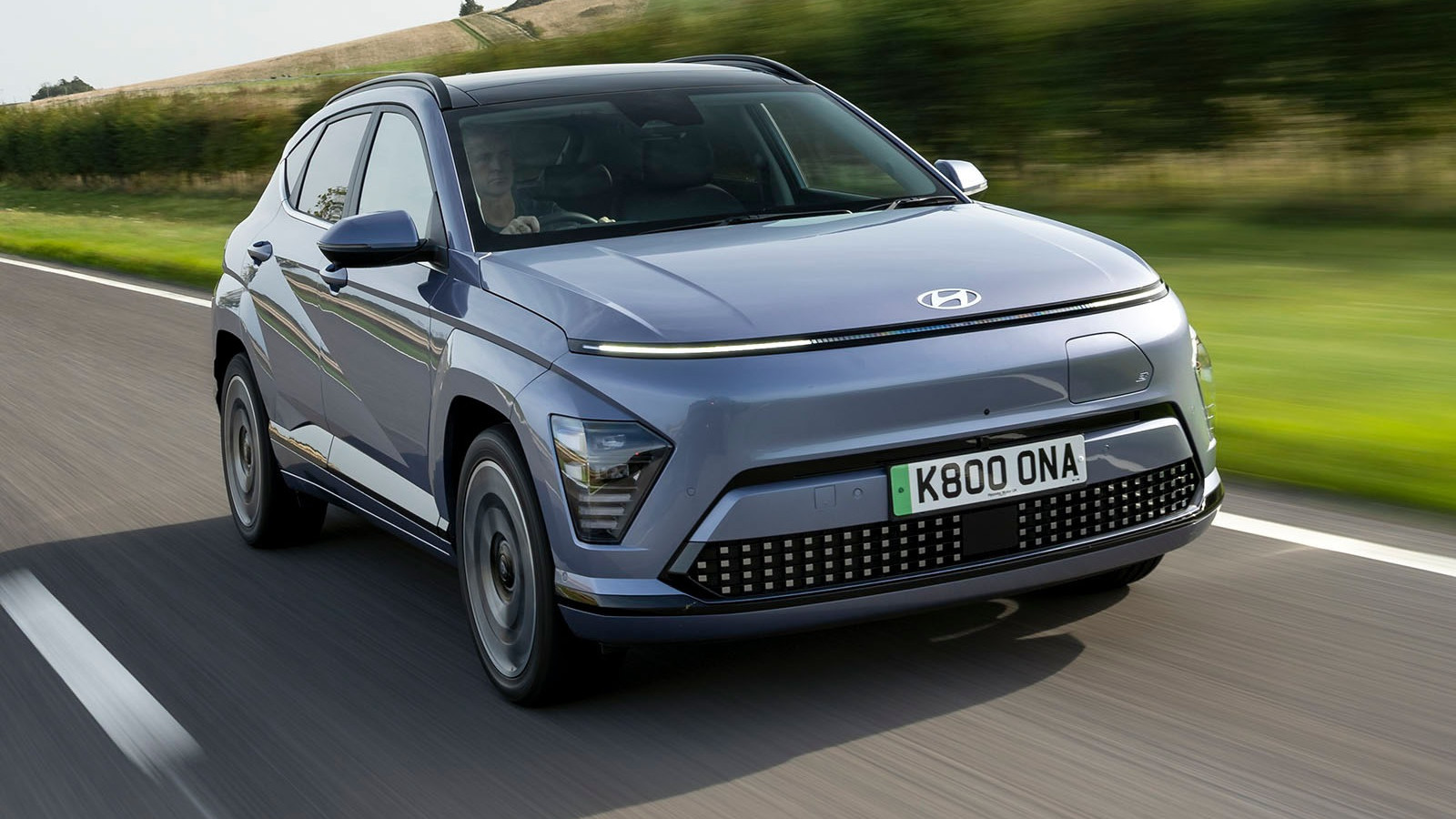 © Haymarket Media
© Haymarket Media -
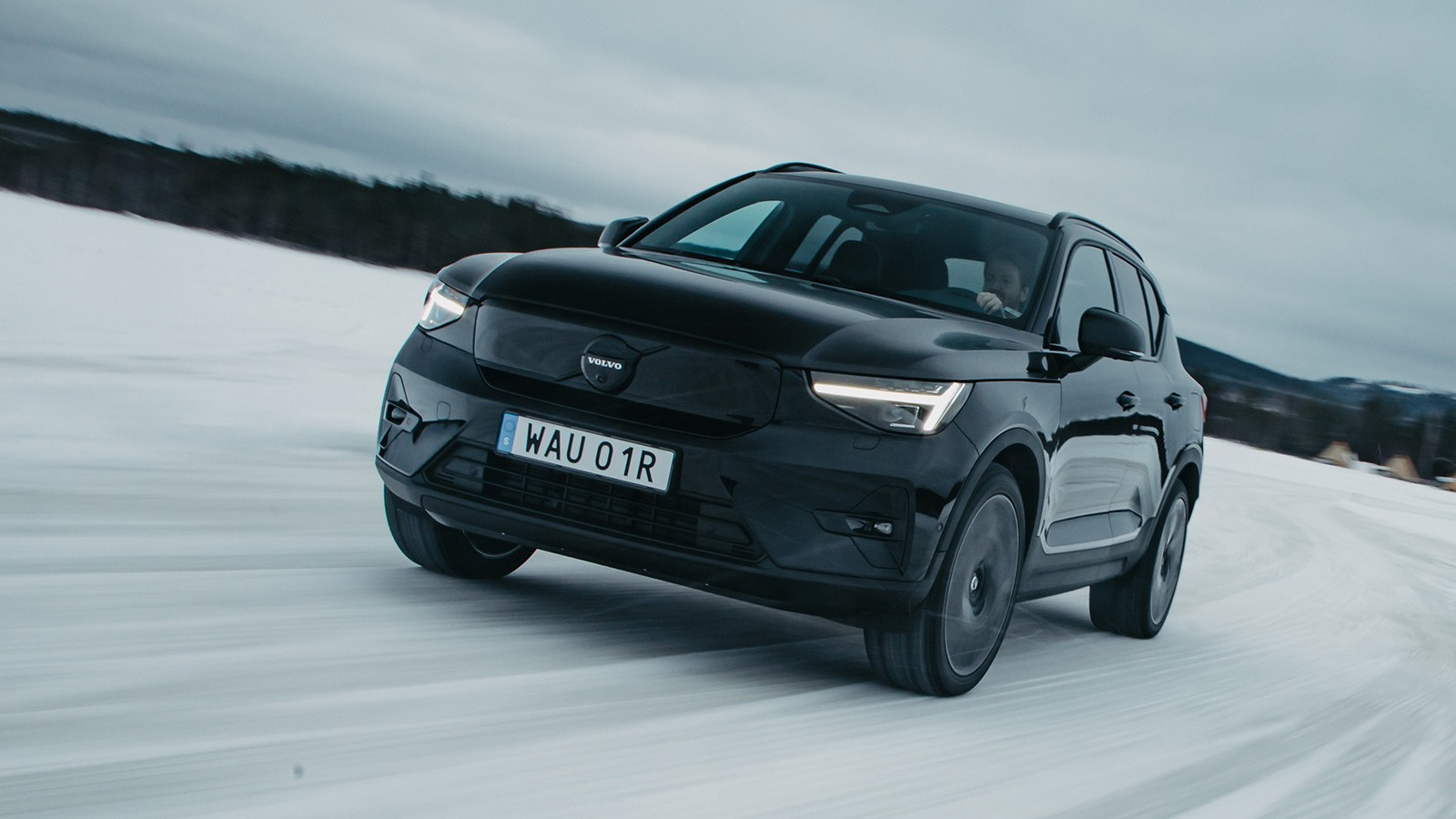 © Volvo
© Volvo -
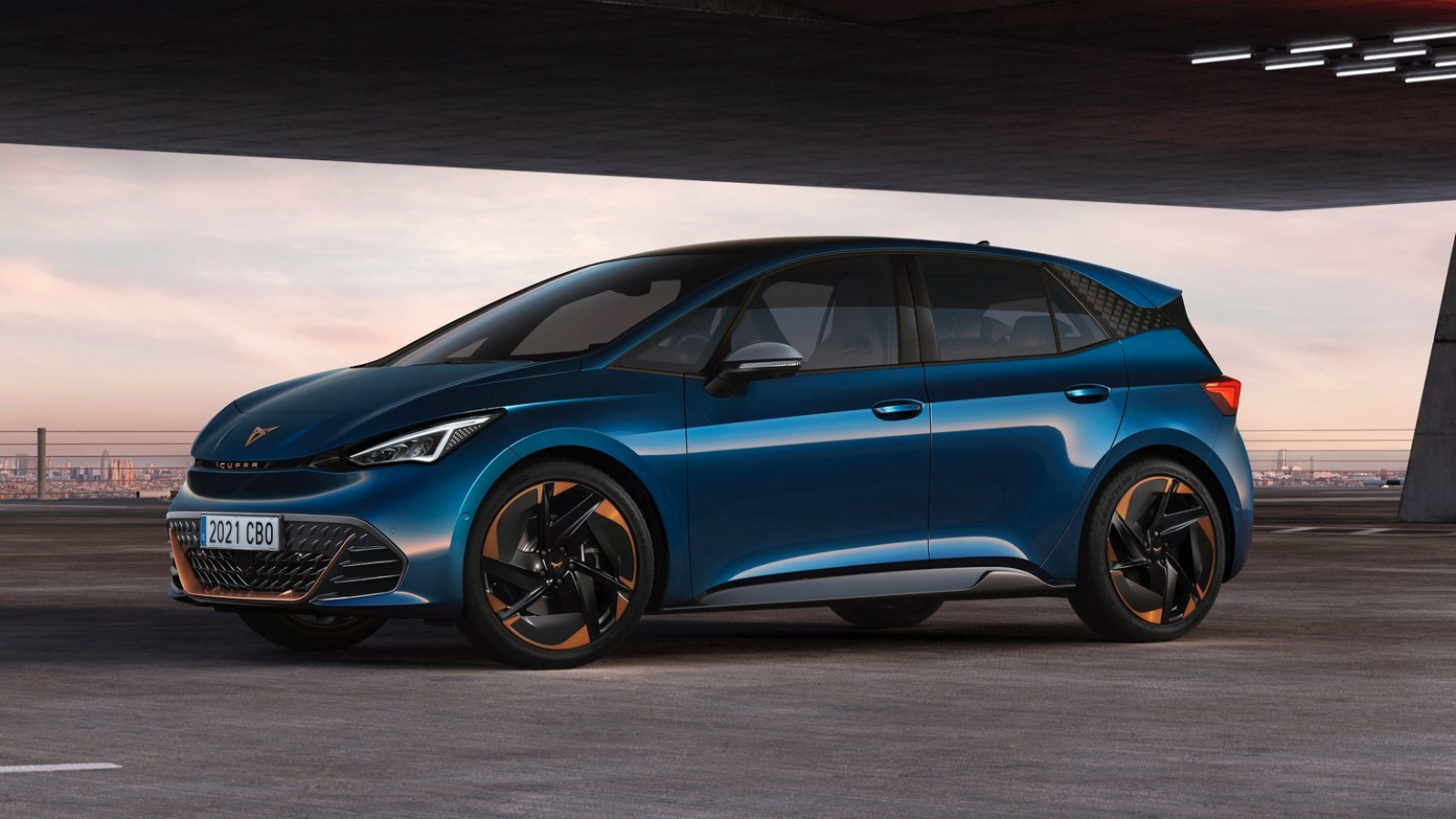 © Cupra
© Cupra -
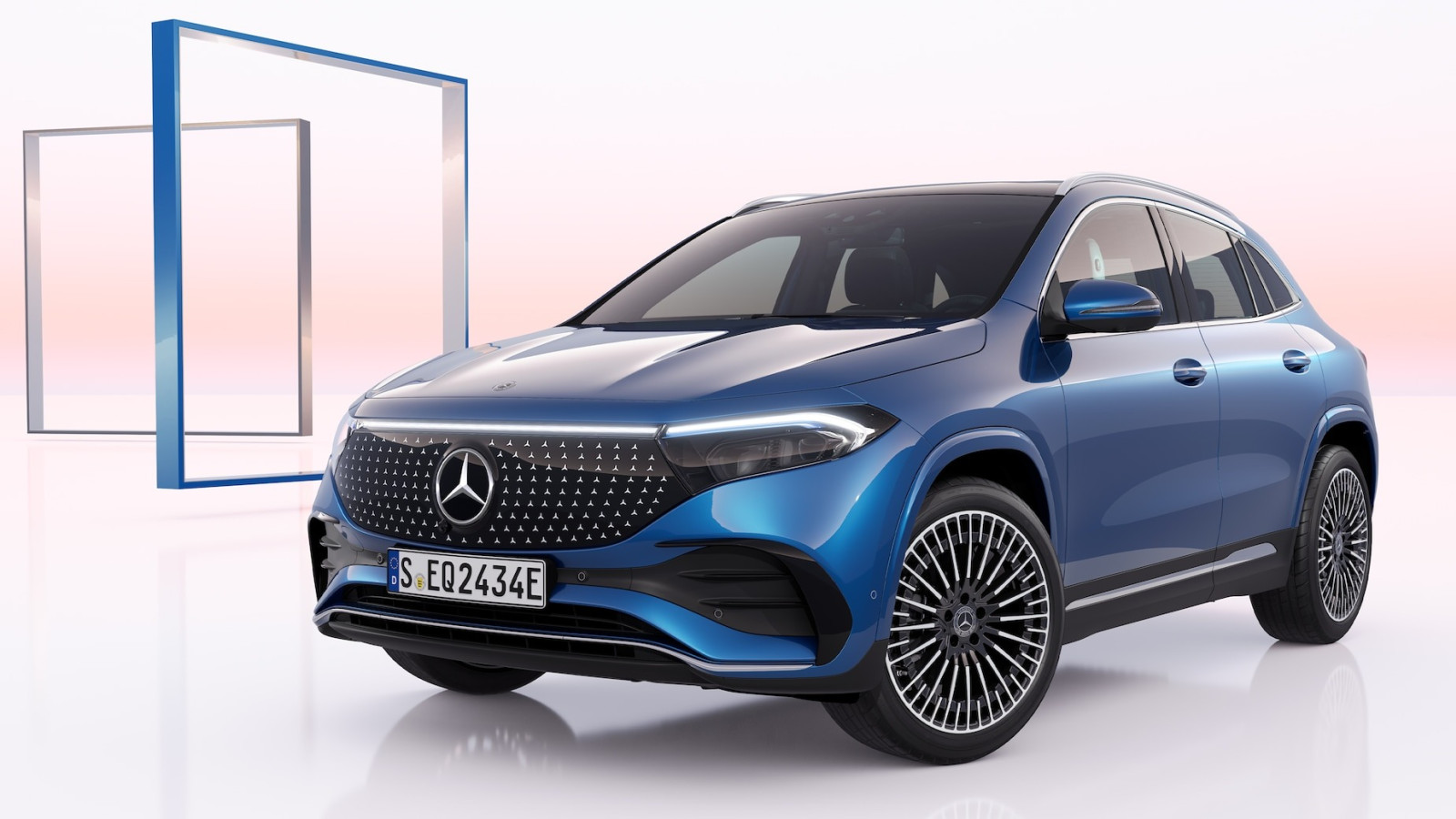 © Mercedes
© Mercedes -
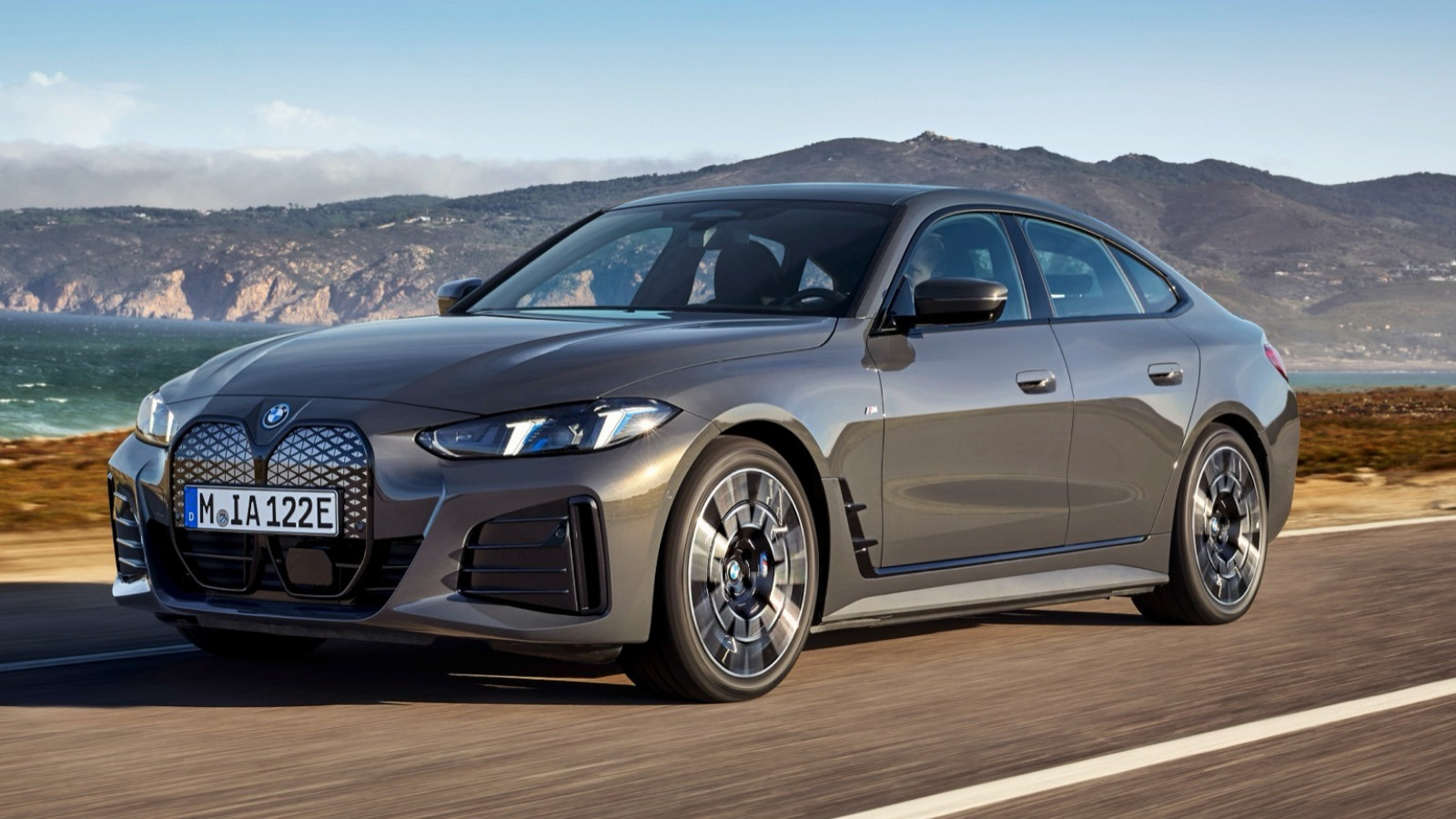 © BMW
© BMW -
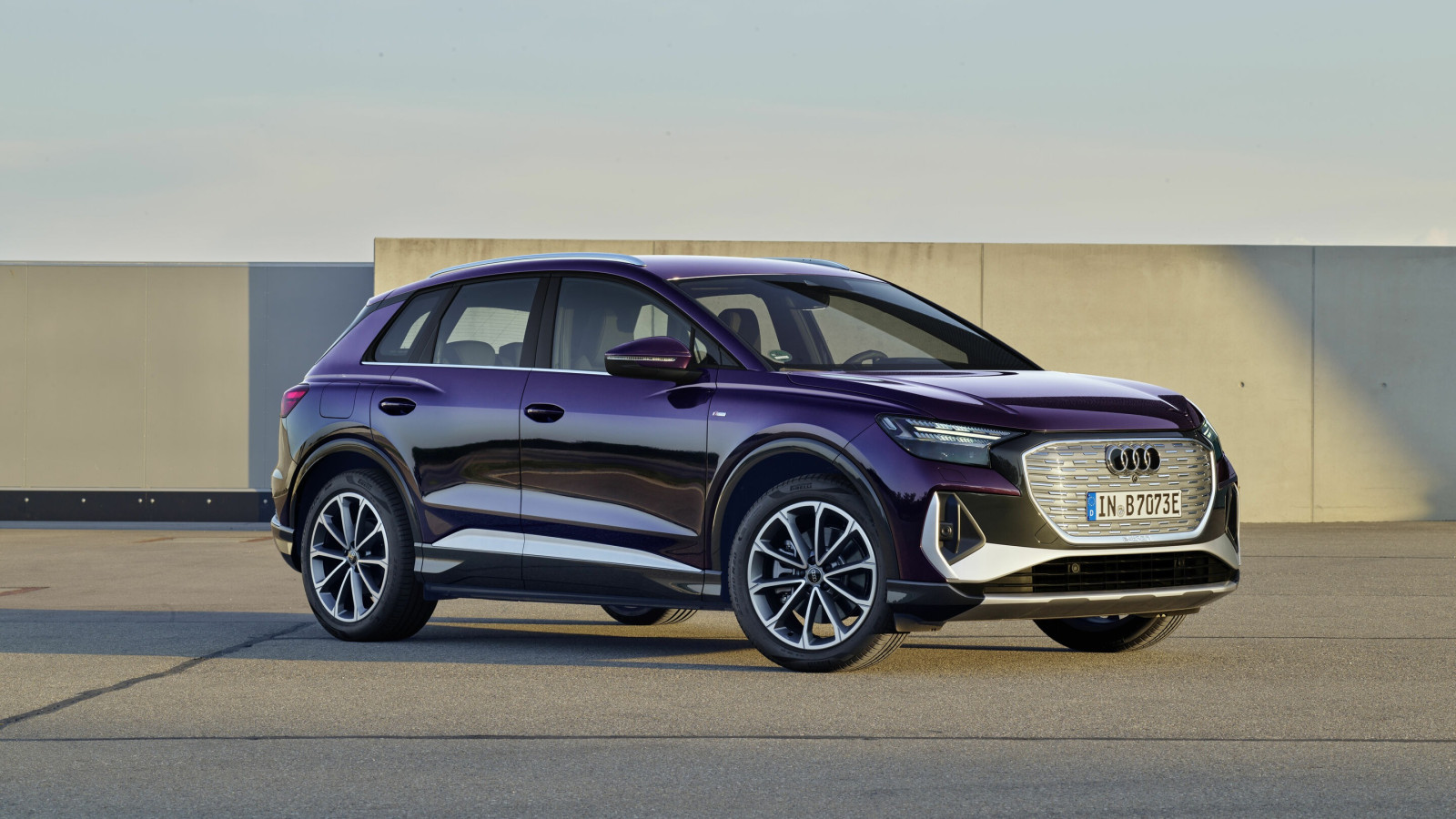 © Audi
© Audi -
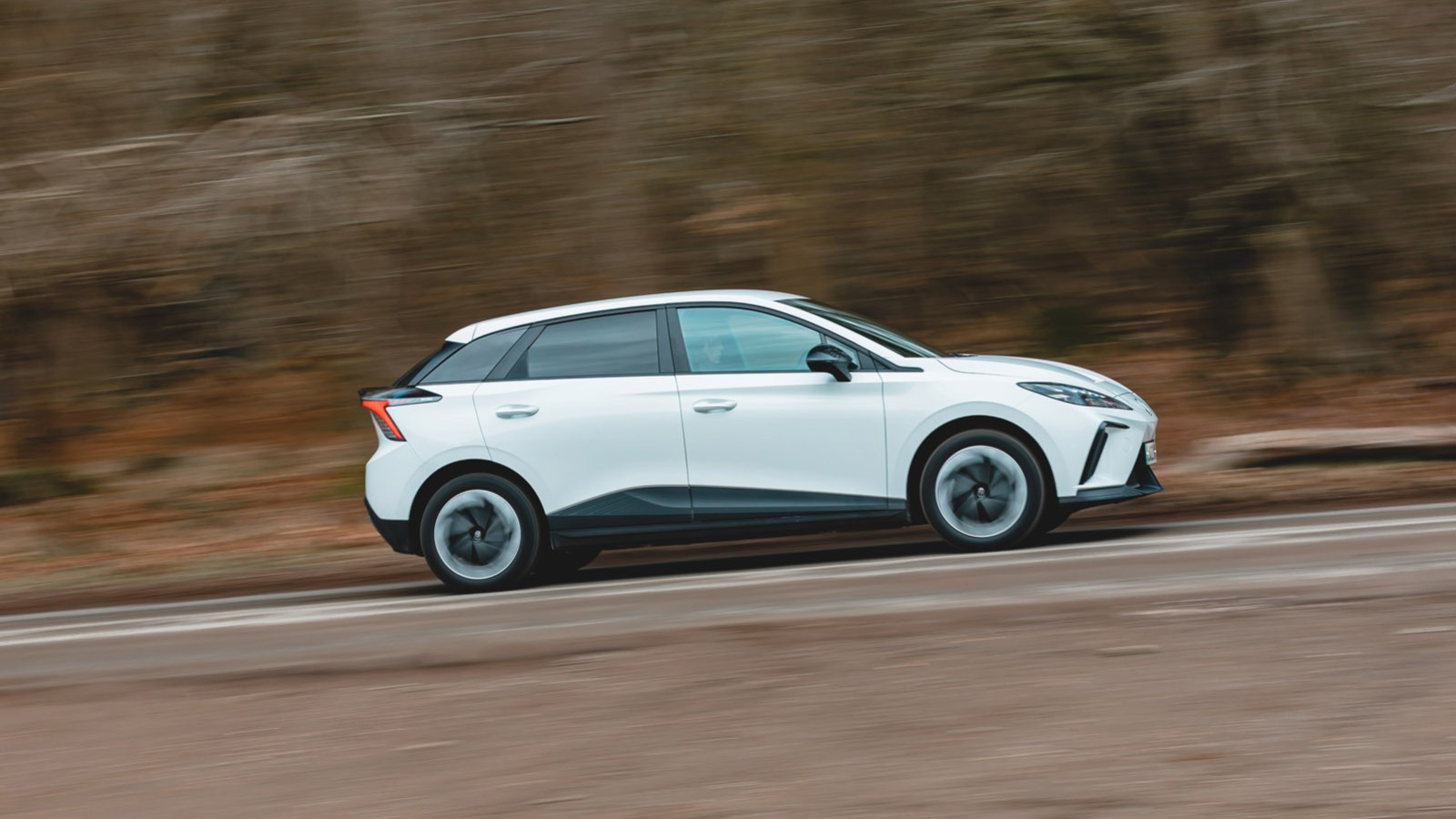 © Haymarket Media
© Haymarket Media -
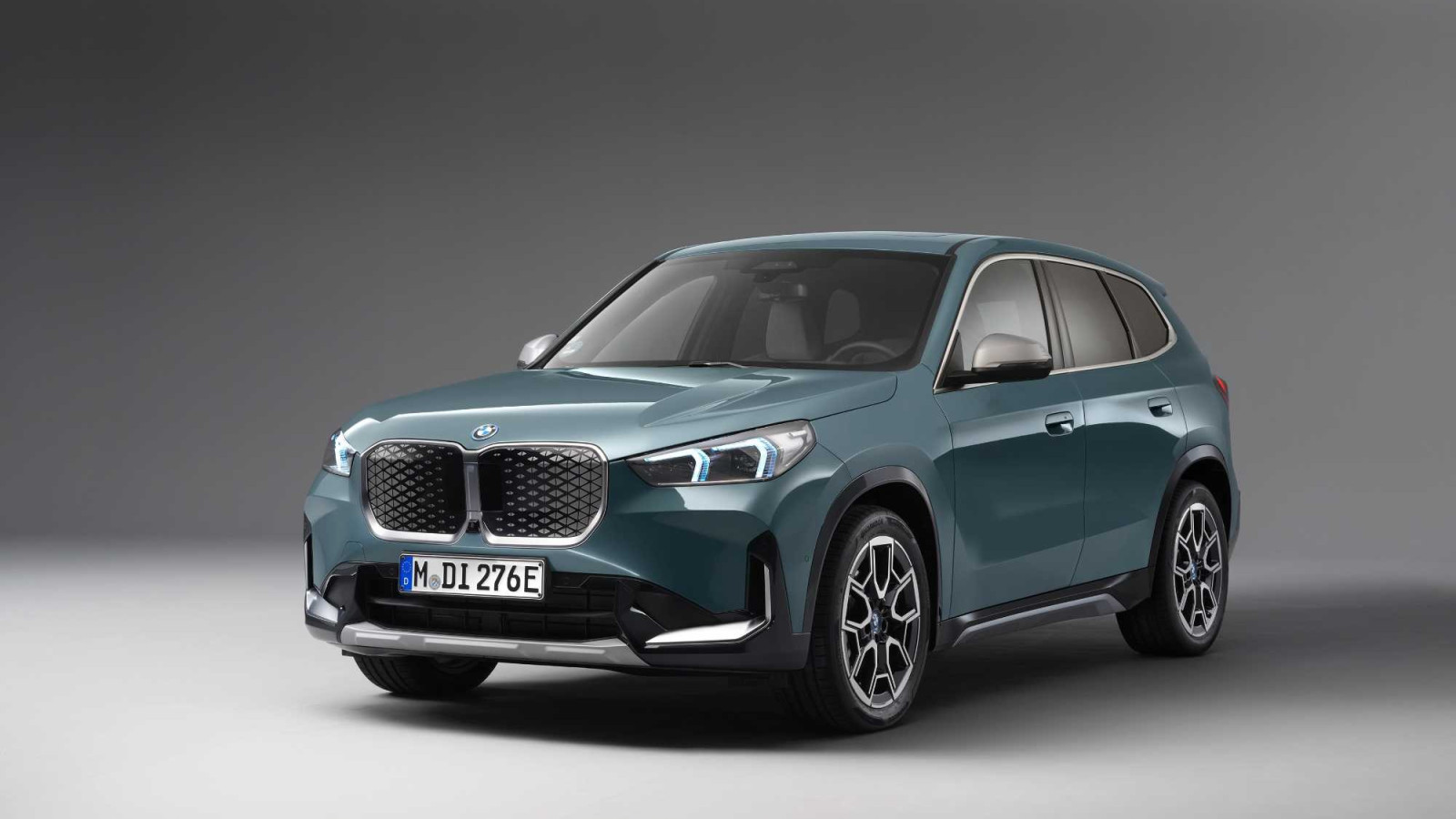 © BMW
© BMW -
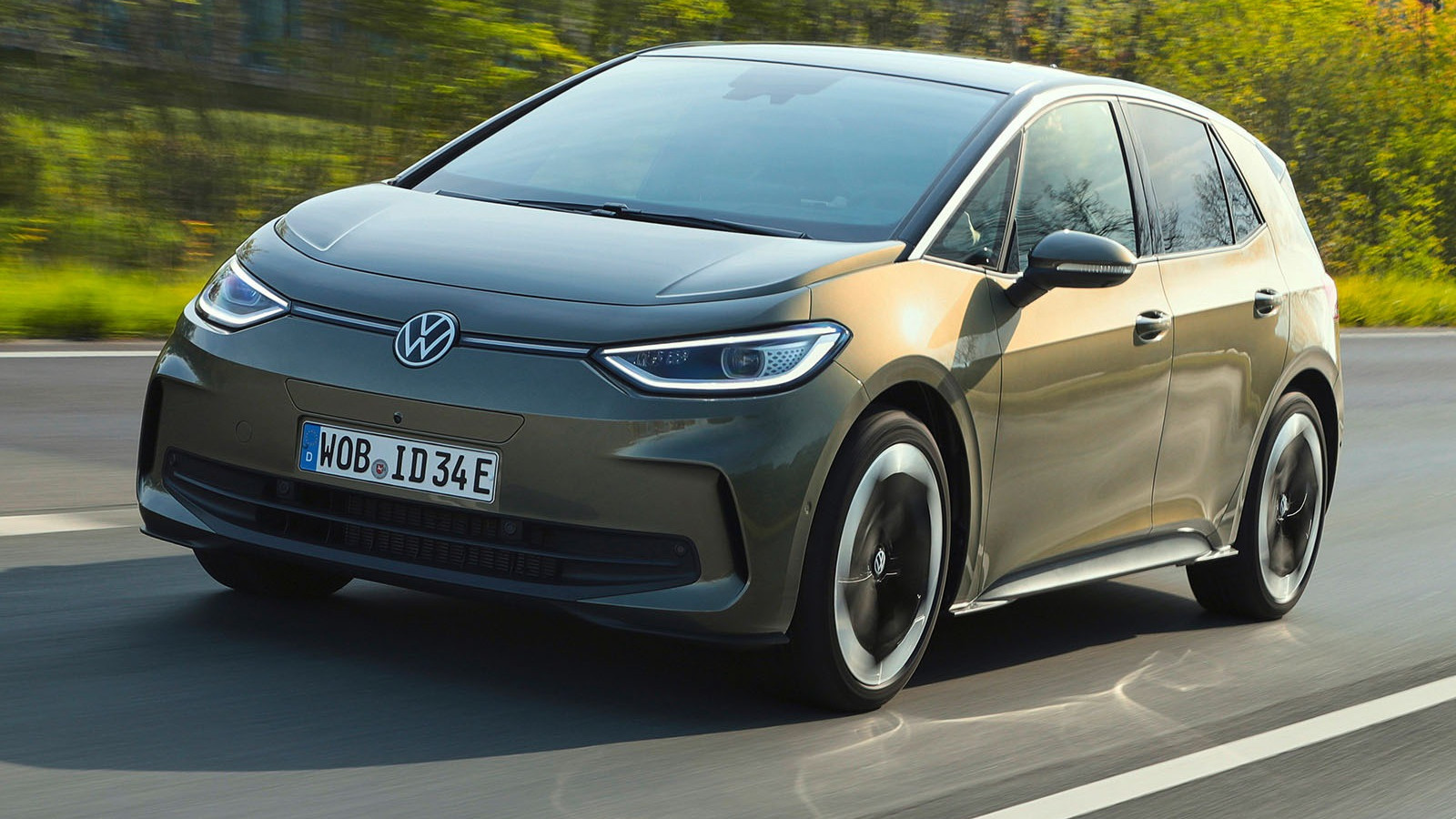 © Haymarket Media
© Haymarket Media -
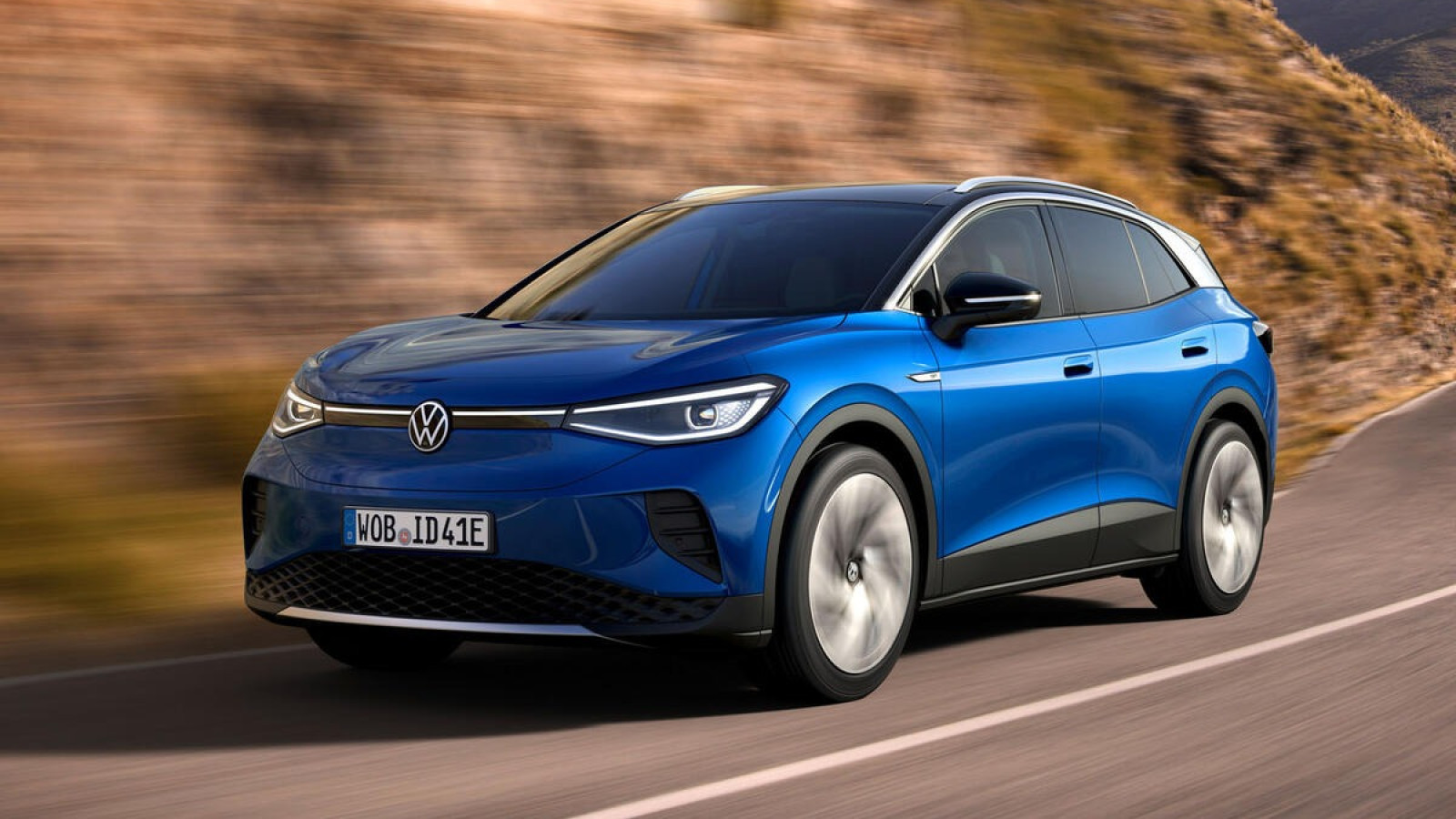 © Volkswagen
© Volkswagen -
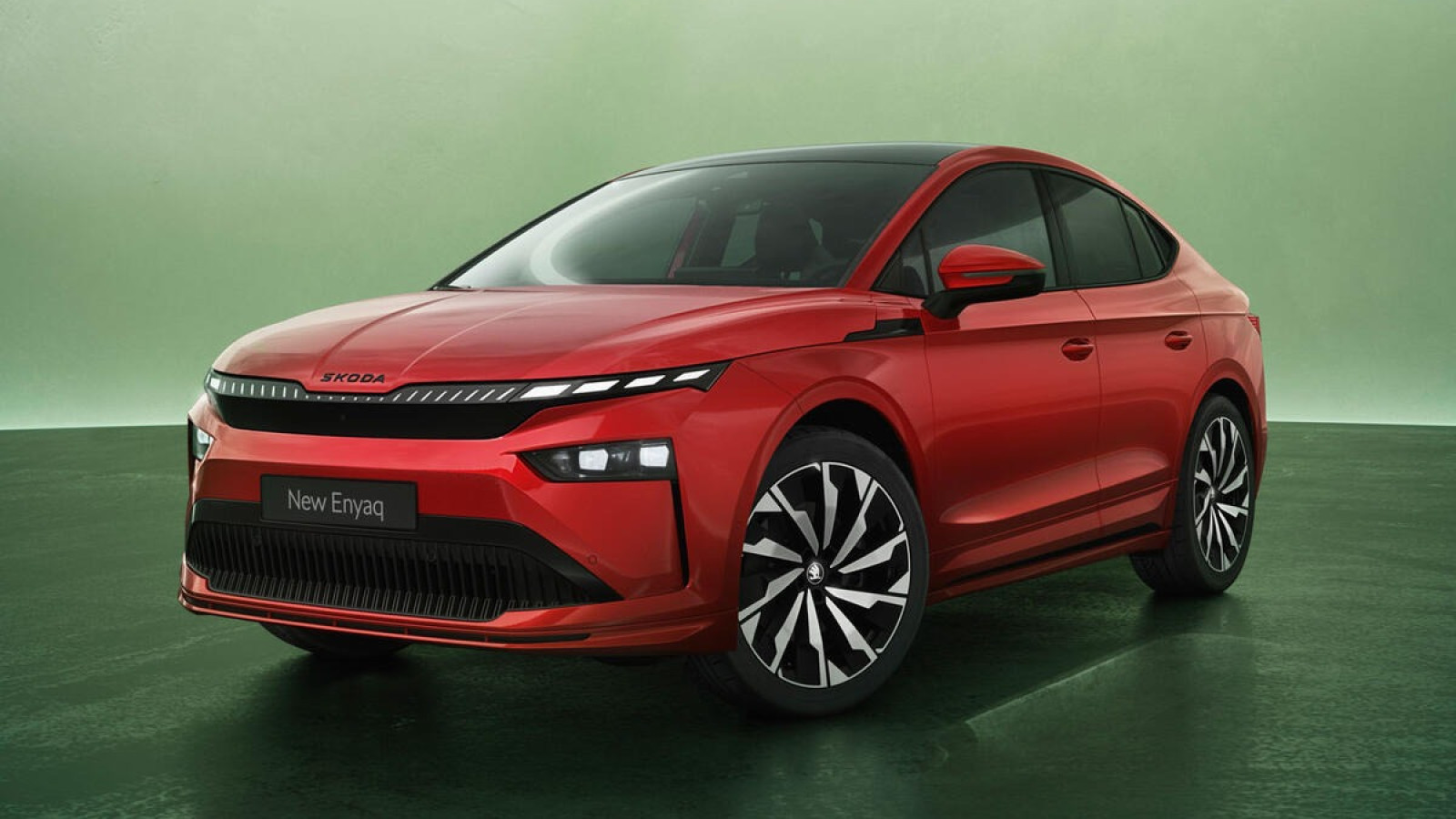 © Skoda
© Skoda -
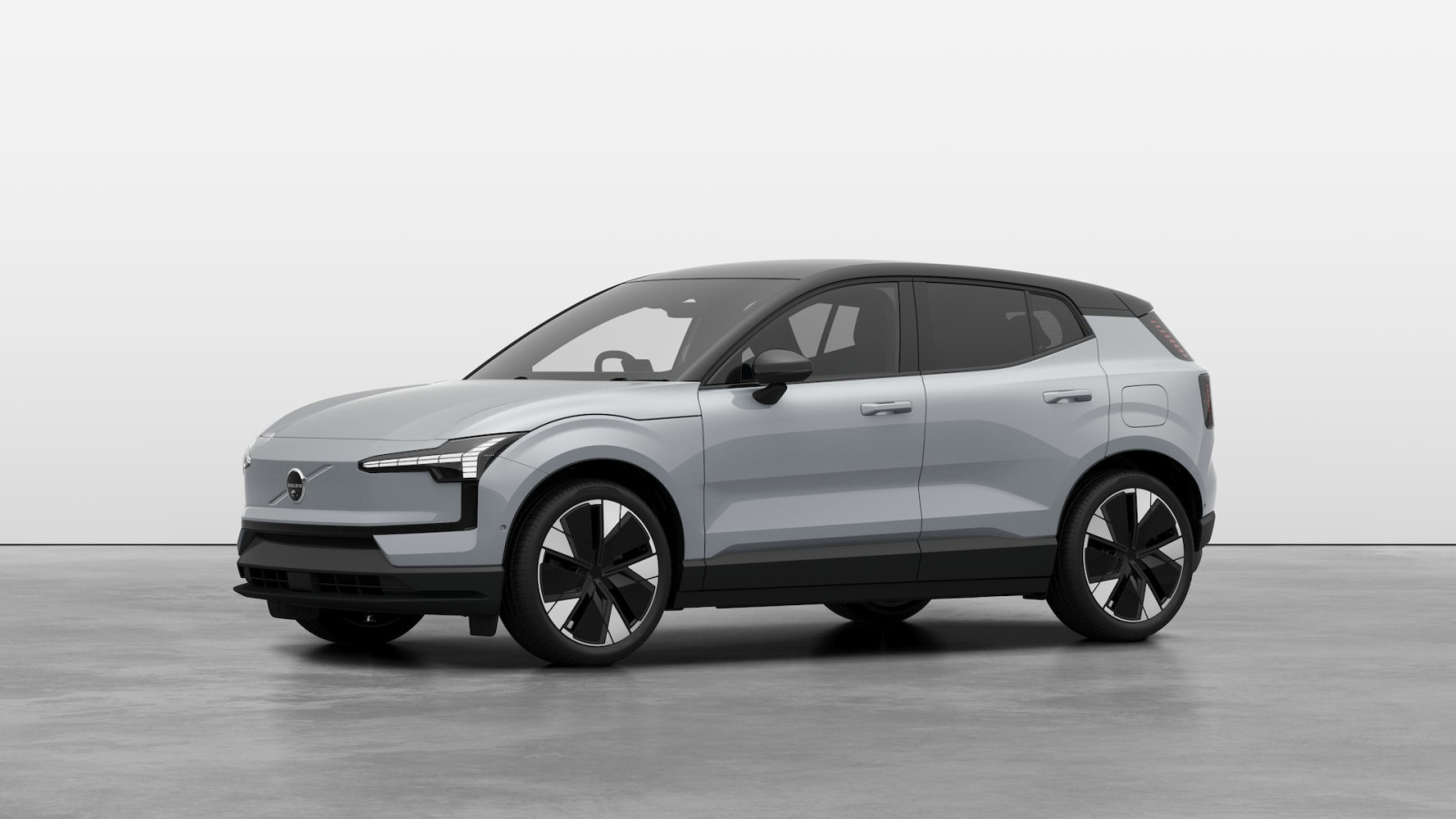 © Volvo
© Volvo -
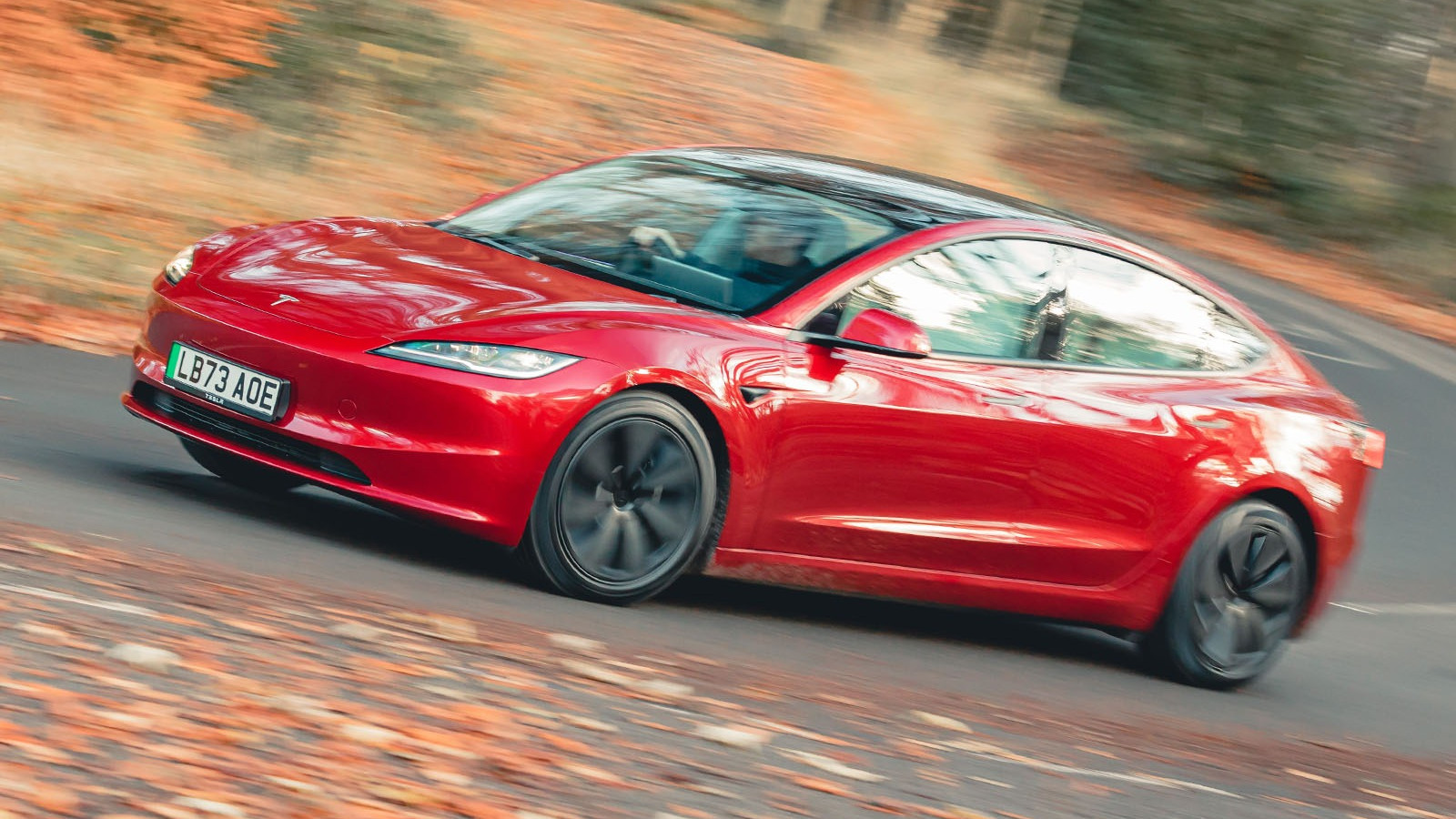 © Haymarket Media
© Haymarket Media -
 © Haymarket Media
© Haymarket Media -
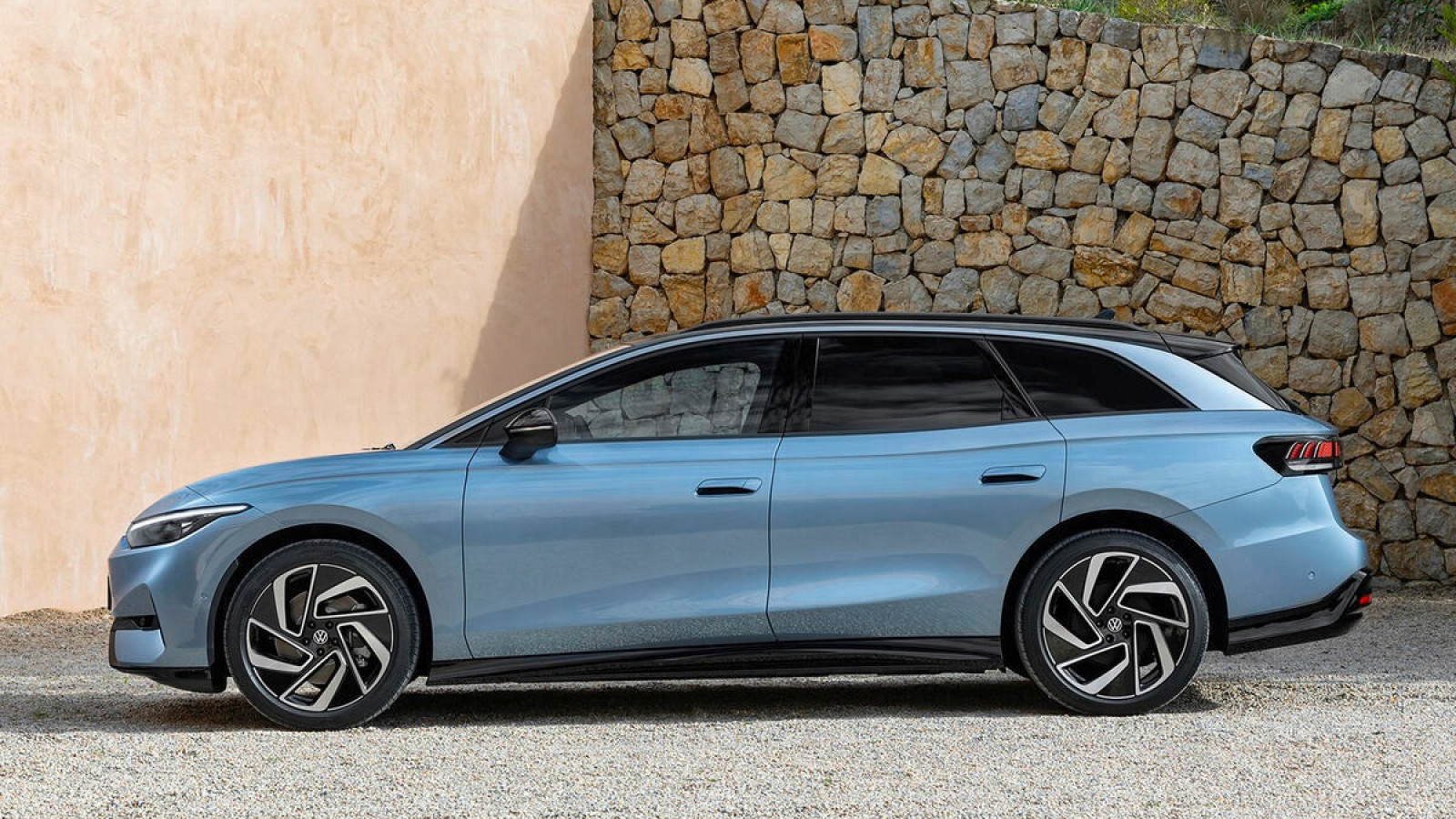 © Volkswagen
© Volkswagen
-
2024 was a tumultuous year for EVs in Europe.
Sales of new electric cars slipped 1.2% when compared to 2023 and market share was down to 15.4%, from 15.7%.
These are not big declines, but when the market as whole did grow (by 1%) and it’s the first year of decline for EV sales since 2019, it’s a worrying sign for the car makers and governments of Europe who have tried so hard to sell their EVs to uninterested consumers.
Further worry will come from the fact that Chinese brands did manage to grow their electric sales, and that trend is unlikely to stop.
However, there are many good electric cars from around the world going on sale in 2025, such as the Renault 5, Fiat Grande Panda, Range Rover and Optiq that will look to make 2025 a better year.
But join us as we look on the bright side and count down the best sellers.
-
20. Kia Niro EV – 25,616
In its fourth year on sale, and second generation, the Niro is still performing well, although sales of the electric powertrain did slide 33% compared to last year.
Expect them to slip further as Kia has just introduced the brilliant new EV3, which is a similar size and price but offers a range of over 600km (373 miles) in its biggest battery form. That’s 150km (100 miles) better than the Niro.
-
19. Fiat 500 EV – 29,150
This was supposed to be a huge seller for Fiat, but in actual fact it grossly overestimated demand and sales have continued to fall. They’re down 53% from 2023.
The 320km (199 mile) range is respectable for a car of this size, but Fiat priced it 10,000 euros higher than the petrol version, putting off consumers.
-
18. Renault Megane EV – 31,445
With the traditional petrol and diesel Megane now dead in most of Europe, one of Renault’s most famous names is being carried by this stylish hatchback that deserves to do better than the 28% sales decline it recorded.
-
17. Volkswagen ID.7 – 32,218
In its first full year on sale the ID.7 has done a great job bolstering the sale of their ID cars. The hatchback and estate have both proved a hit with the middle managers and families of Europe, thanks to excellent efficiency, practicality and a reasonable price.
-
16. Mercedes-Benz EQB – 33,188
The EQB has seen a massive 58% increase in sales as Mercedes looks to sell more EQ cars by offering big discounts and enticing finance deals.
It was lightly updated in 2023 with the range increasing to a maximum of 515km (320 miles), which is an uncompetitive figure when compared to rivals like the Tesla Model Y and Renault Scenic, both of which are cheaper too.
-
15. Peugeot 208 EV – 35,459
Peugeot’s supermini is the sixth best selling car in Europe overall and it increased its sales by 3% last year, however the electric version saw its sales slide 23%, and it only made up 18% of 208 sales overall.
With 400km (250 miles) of range, and Peugeot continually cutting the price, it’s still a good buy five years after it first came out.
-
14. Hyundai Kona EV – 36,450
The more popular sibling of the Kia Niro, the Kona managed to increase it’s EV sales by 1% last year. Not bad considering it’s neither a new product or a class leading one, and the overall market was against it.
-
13. Volvo EX40 – 39,955
Volvo’s XC40 based electric crossover is soldering on, despite it now being based on an eight-year-old car. Still, Volvo is continually updating it, including changing it from front-wheel drive to rear-wheel drive, and it now boasts a 550km (342 mile) range. That’s not class leading, but it is more than the more expensive Mercedes-Benz EQB.
-
12. Cupra Born – 41,231
One of the most underrated electric cars money can buy saw its sales fall by 5% last year. Not bad, considering the market, but Cupra will hope that some efficiency and infotainment upgrades it introduced late last year will help for 2025.
-
11. Mercedes-Benz EQA – 43,083
Another impressive result for Mercedes as it managed to increase the sales (by 13%) of another quite old EQ product. It isn’t competitive on paper, but enticing finance deals and that premium badge have attracted customers.
-
10. BMW i4 – 45,062
The first top 10 entrant may surprise you. The i4 is now in its fifth year of sale, and it’s so far been a big success. In 2024 sales dropped a gentle 8%. It is not competitive on price, but the range is still good (a maximum of 578km (359 miles)) and the interior and driving dynamics are very satisfying.
-
9. Audi Q4 – 48,094
Audi’s smallest electric offering outsold one of it’s key rivals (the Mercedes EQA), but not the other (the BMW iX1). It offers a good range at a competitive price, but some have been put off by the interior that feels of a lower quality than other Audis.
-
8. MG 4 – 51,775
It’s down 28% on 2023, but the 4 is still massively popular across Europe thanks to the good range (520km or 323 miles) at a very reasonable price (30,000 euros) – although the one at that price has less range.
-
7. BMW iX1 – 52,283
A fantastic result for BMW, increasing the sales of a model by 16% that is neither new or attractively priced. The range isn’t class-leading, but buyers are attracted by strong finance deals and the status of a BMW badge.
-
6. Volkswagen ID.3 – 54,531
The second ID product on this list posted a 14% sales decline. It’s been a disappointing model for Volkswagen, who had hoped it would democratise the EV in Europe and challenge Tesla’s sales dominance. Instead, it’s odd styling has put off buyers and Volkswagen sold four times the number of Golfs in 2024.
-
5. Volkswagen ID.4 – 64,756
Another decline for Volkswagen, this time a more significant 24%. The ID.4 is competitive with the Tesla Model Y on range and cheaper on price, but buyers don’t find it as cool and Volkswagen got the interior all wrong. Fixes for the infotainment screen didn’t come fast enough and it seems to have developed a reputation.
-
4. Skoda Enyaq – 68,874
On the other hand, the ID.4’s close relation posted a 4% sales increase and has overtaken the VW for sales. Buyers are attracted to the Skoda, more than the Volkswagen, because of its more traditional styling, better interior, cheaper price and no worse range.
-
3. Volvo EX30 – 78,032
An excellent result for Volvo’s EX30 in its first year of sales. Despite the controversial interior, which is stylish but let down because almost all of the functions take place through the touchscreen, the cheap Volvo has been a success. It costs less than 40,000 euros, less than premium German rivals, but keeps the style that mainstream rivals can’t match.
-
2. Tesla Model 3 – 112,789
Selling twice as many cars as the BMW i4, and almost four times as many as the VW ID.7, the Model 3 has its rivals well and truly beat.
Its successful facelift allowed for a healthy 12% sales growth. It still makes many rivals look dated, but they are starting to catch up now, and Tesla will have to continually update the Model 3 to keep it competitive.
-
1. Tesla Model Y – 209,214
It was the best-selling car overall in Europe in 2023, but last year it had to settle for fourth. Sales totaled 209,214 (down 17%), but they were still almost double our second-place finisher.
Tesla will be hoping to grow the sales in 2025 for this key model as it introduced a larger battery at the end of 2024 and a facelift will be hitting the market imminently. Europe is a key market for Tesla in its battle against BYD to be the best-selling electric vehicle maker in 2025.
-
What does this tell us?
From a manufacturer’s perspective, the EV market did not change significantly in 2024 on paper. The Volkswagen Group remained on top, with more than 427,000 units of its electric models registered in 2024.
However, Volkswagen’s share of the BEV market fell slightly from 22.2% in 2023 to 21.5% last year and remains below its share of the wider new passenger vehicle market, which stood at 26.1% in 2024.
Tesla followed in second position. In third place came Stellantis, which remained in the top three producers of BEVs despite posting a 10% drop in volumes. It’s a tough market, but manufacturers will still try to crack it, although they will be wishing for more help from governments.
Of the top 20, eight were on modified petrol/diesel platforms, which suggests car makers can still manufacture competitive EVs without such extensive investment that some are making.
Thank you to Jato Dynamics for the figures.
If you enjoyed this story, please click the Follow button above to see more like it from Move Electric
